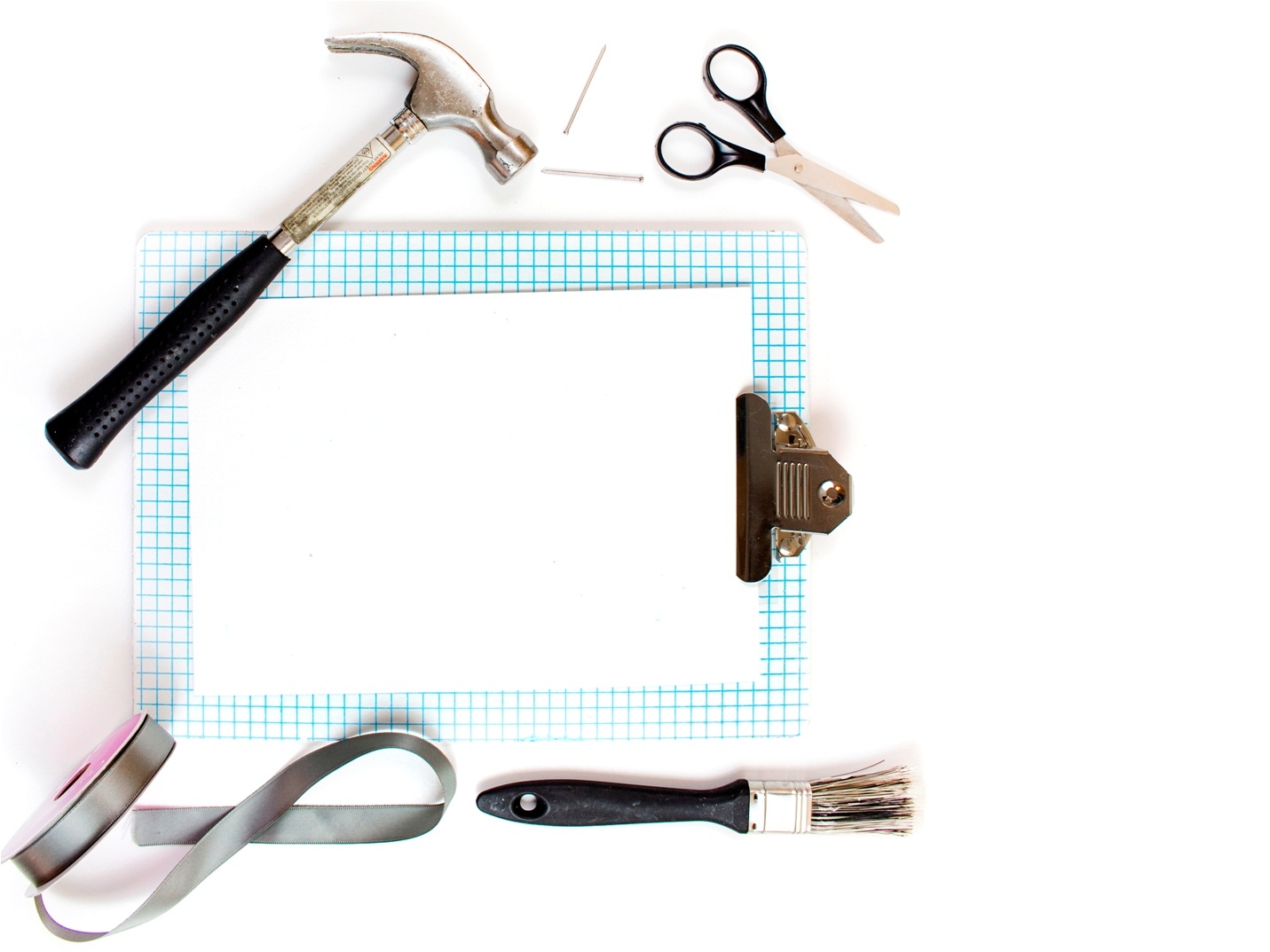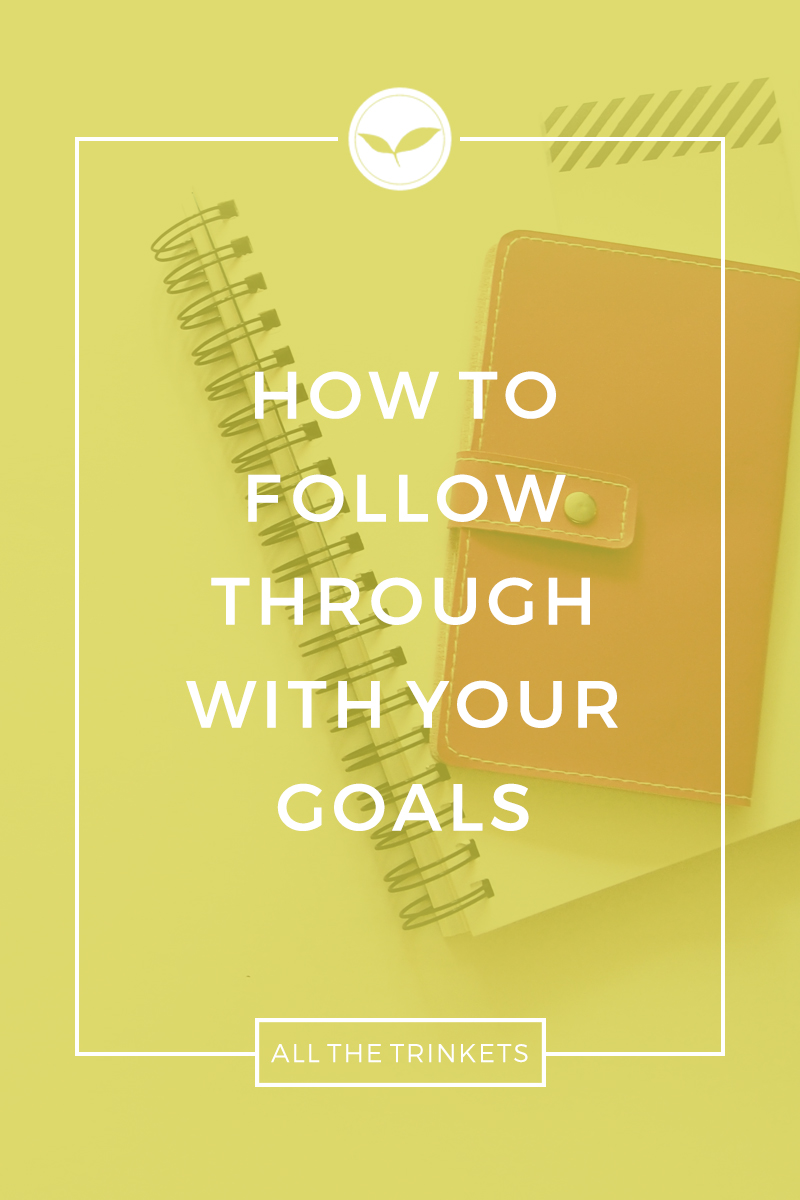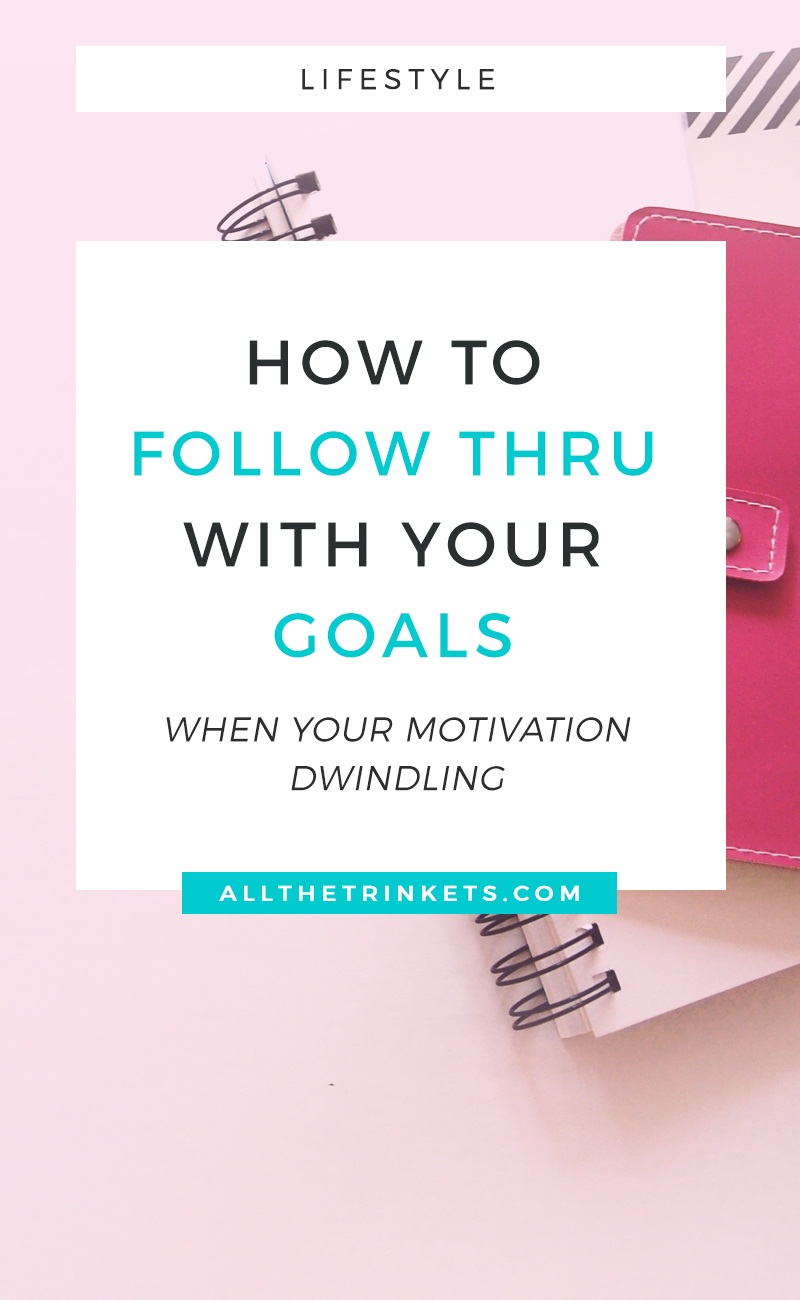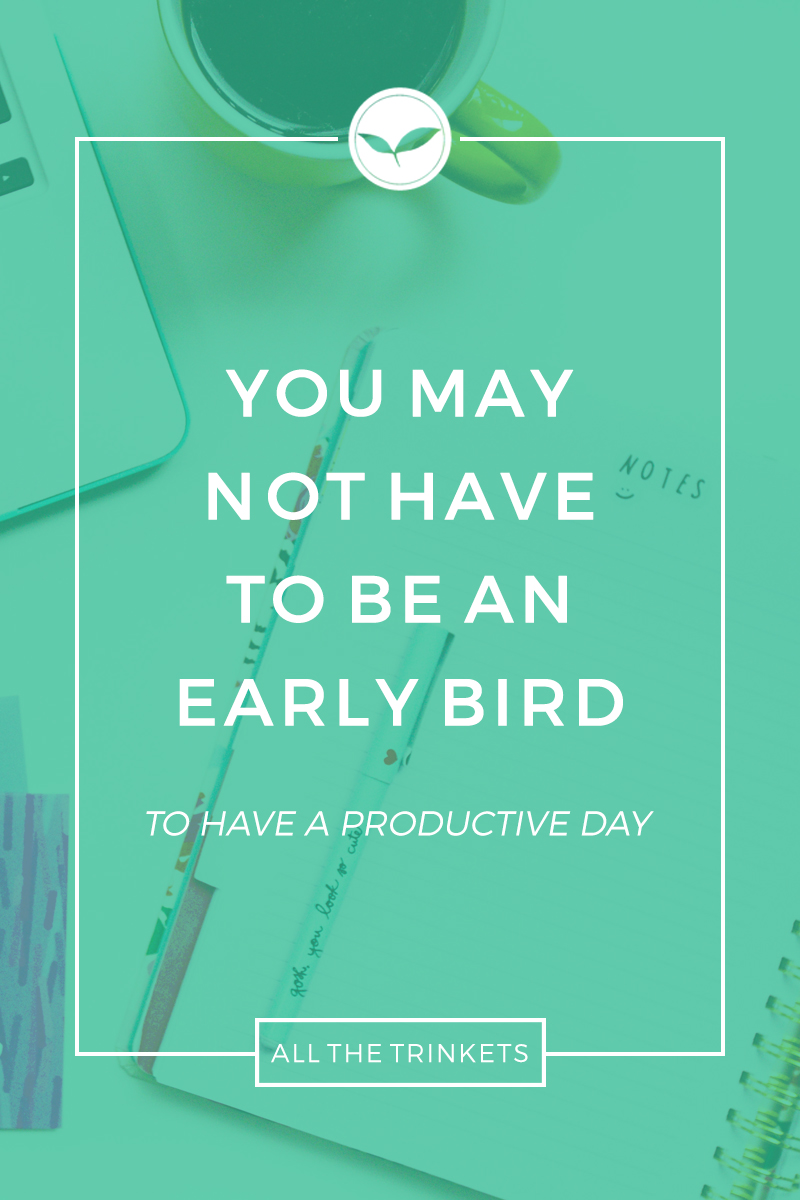When it comes to creating something, the beginning is usually the best part.
That spark of inspiration, the glass-chime music of a new idea. The hairs at the back of your neck is raising, you get this deep but light feeling in your stomach — as if you’re hungry, but you’re really not. It feels like an incoming storm surge, but kinder, with its deep underground rumble.
And then… boom!
It comes at you intensely, crashing against your body like huge waves. You’re typing like a madman, going 100 words per minute. You’ve written The Best Introduction™ in a long time.
The dialogue between your MCs is sooo witty, you even chuckle-snorted. Your palette looks wonderful, and you mixed all the colors right. The anatomy of the hands is perfect and the shading is just as you imagined it to be.
It’s a dopamine hit.
You go into the creative process with maximum motivation, like a car with the turbo booster on. I love this part. You love this part. Anyone who creates things loooves this part! We all wish we could be in this oh-so-wonderful state of being for-freakin-ever. To be completely in the flow, because it feels like you are living and breathing creation itself. Like you’re freaking Te Fiti!
And then it’s gone.

Like any other booster, it sputters and fizzes out until there’s none left. The water is calm again. The intense inspiration leaves your body, replaced by an equally intense frustration.
Suddenly, the words feel foreign. The phrases don’t sound anywhere near poetic. The prose you first thought was brilliant is now utterly cheesy. The fingers look off. That purple doesn’t go well with that red. You realize how crap you actually are. Thoughts are going through your head at record speed:
“What is happening?”
“This looks wrong.”
“Why isn’t this fun anymore?”
“Why aren’t I as good as the masters?”
“This is wrong.”
“What am I gonna do?!”
“I am no good after all.”
Creative frustration. This is what happens when the fleeting, carefree pixie we call inspiration leaves our body in the middle of an incredible burst of creative flow.
It’s when the “Holy crap this is so good!” turns to “Holy crap this is tHE wORsT.”
I bumped into good ol’ Creative Frustration several months back. I was struggling with writing a draft for a blog post. I did not know how to convey into words what I was feeling and what I was thinking. It all just felt so wrong.
Stopping meant I wouldn’t be able to finish that blog post, and worst case scenario, lose that bout of inspiration that made me start writing it in the first place. But forging ahead meant the rest of the words I write, and the little jokes I put, would feel forced and unauthentic.
I guess, when we create something, we have this mental picture of its final look, an expectation. So when it doesn’t look anywhere near that, when it doesn’t meet your expectations (which is almost all the time ugh), it’s incredibly frustrating. You become resentful – at your work and, mostly, at yourself. Then the self-loathing starts.
You try to keep going but you can feel the awkwardness of every move you do or every word you typed or every stroke you put onto canvas. Everything just feels so wrong.
It’s usually at this point when you have the sudden urge to burn your work, or tear it to shreds, or lob it to the bin. This is when people usually throw in their towels and raise their white flags, surrendering to creative frustration.
But before you pull the plugs on that creative project, hear me out.
That creative frustration? It’s a natural part of the creative process.
You go through creative frustration in order for you to finish that work-in-progress. It may not look like it, but it can be very helpful too. It urges you to move. Being frustrated makes you want to try harder!
So what’s that one counterattack you can do when creative frustration hits?
Two words: creative stubbornness.
I was about to throw in the towel with that difficult blog post I mentioned earlier, but artistic stubbornness kicked in and I kept on writing. I tried not to look at the previous sentence or the previous paragraph. (Which was incredibly hard, let me tell you.) I only focused on putting one word after another. Side note: Practicing free writing was so useful in times like this, you guys.
Once I felt done with that first draft, I saved it and closed the Word document and stepped away from the computer. The next day, I started reading through what I wrote and began editing.
That’s when I realized that my initial topic morphed somewhere in the middle and turned to something else entirely. (In case you’re curious, it was this post about free writing.)
Sometimes, when you soldier on, you find great things you did not quite expect when you started.
Sometimes, you find your work is even more beautiful or more meaningful than what you first got on.
I think that’s the beauty of creative frustration and stubbornly going through it. With that, I leave you with this quote from a wise old lady of the Interwebs (aka: she’s been around since 2008 whaaat)


Do you experience creative frustration too? How do you cope with it, and what do you do to get through it? I would love to hear your thoughts!
xx Kate
LOVE THIS POST? DON’T FORGET TO PIN IT!

Photos from Ivory Mix





























